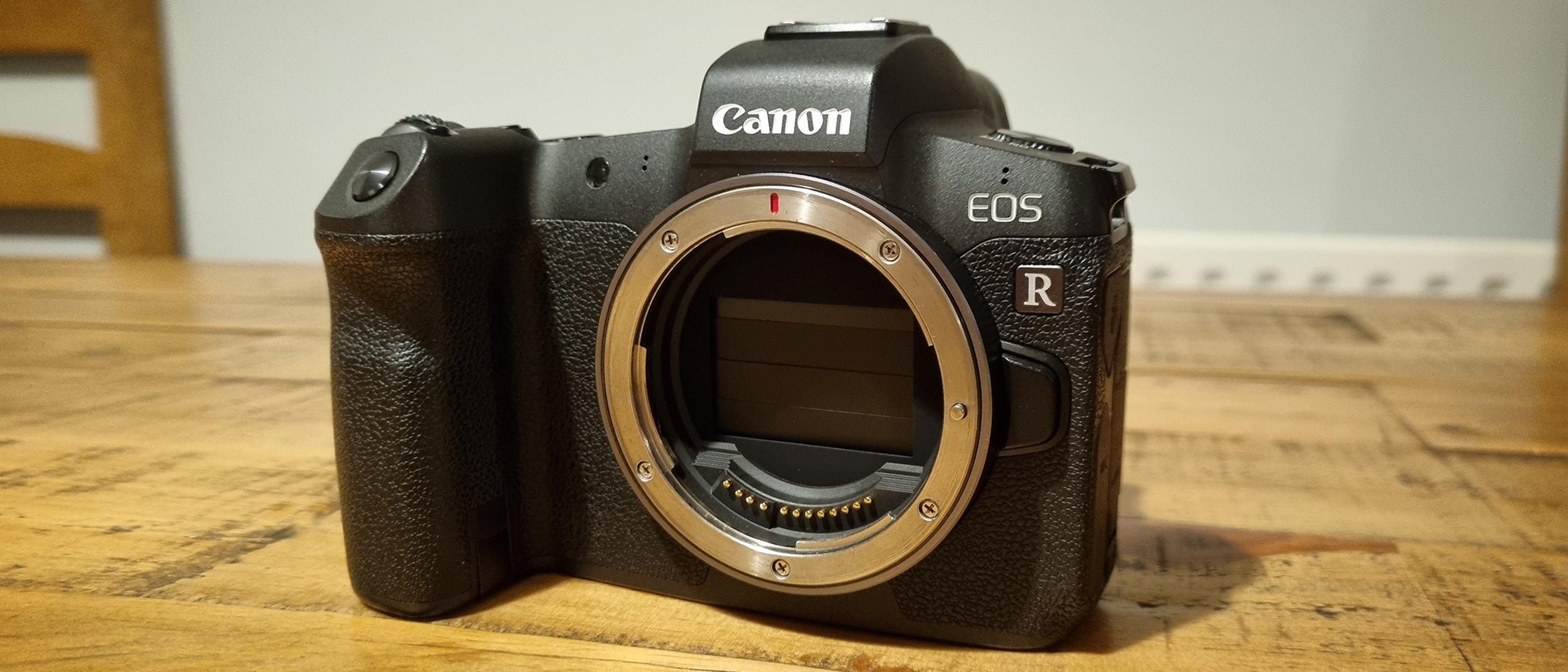Space Verdict
The photos you get from the Canon EOS R are high quality, especially if you’re shooting at night. However, the body’s build and functionality have been eclipsed by rivals since its launch.
Pros
- +
Excellent 30MP sensor
- +
Large, mobile screen
- +
Decent value
- +
Excellent AF
Cons
- -
Button layout and handling aren’t the best
- -
Feels less robust than its rivals
Why you can trust Space.com
The Canon EOS R was launched back in 2018 as Canon's first-ever full-frame body to use the mirrorless RF system. While you may have store-cupboard items older than the EOS R, 2018 is a lifetime ago in terms of mirrorless cameras, and the R series has evolved significantly since this original was launched.
However, the EOS R still holds its own among the more recent crop of mirrorless bodies, even if rivals inside and outside the Canon stable have edged ahead over the past few years.
If you're looking to pick up the EOS R today you'll likely get a decent camera deal on the body, and the 24-105mm f/4 lens it's usually sold with. You can usually pick up the body and lens kit for less than $1900, which gets you loads of camera for your money. Spend a little more on video accessories and you've got the makings of a lightweight, versatile vlogging kit for under $2000. All this makes the EOS R excellent value, even if it won't satisfy those looking for the very best astrophotography camera in the enthusiast range.
Canon EOS R mirrorless camera review
Canon EOS R: Design
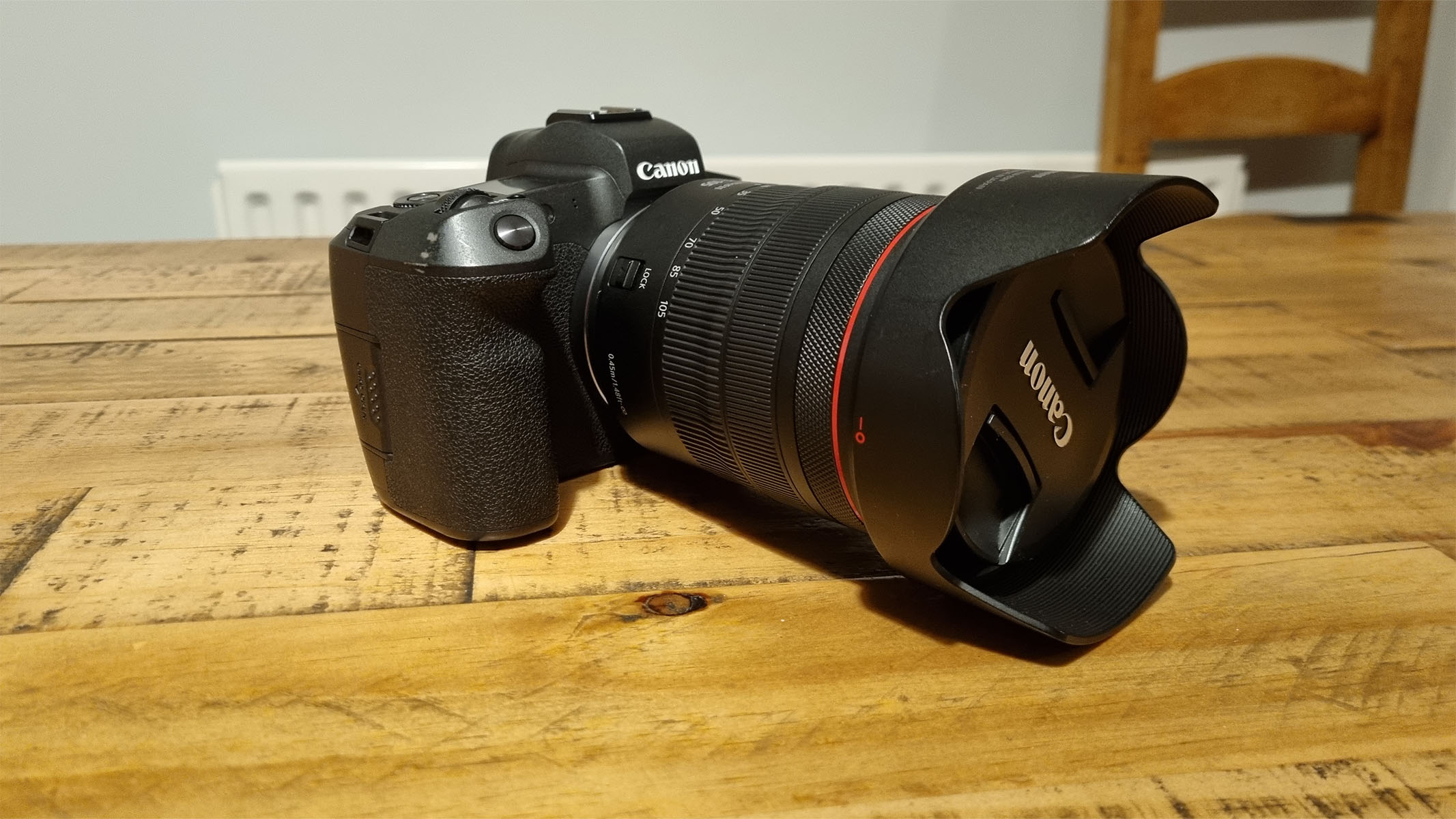
- Lightweight and functional
- Poor button layout
- Doesn't feel as solid as some
There's nothing really sleek or desirable about the look of the EOS R, it's all business here, with a basic black and grey body combining various weights of plastic and rubber. This more economical build does keep weight down though, which makes the body lighter than rivals from both Nikon and Sony. However, this weight difference is negligible, so we can't say it's a compelling reason to plump for this camera as a travel shooting option unless you're switching over from an older DSLR.
We weren't hugely impressed with the build quality and we don't see this as a camera you'd take out in sub-optimal weather. We also didn't feel like the Canon would be able to handle as many bumps, bashes, and rough handles as rivals like the Nikon Z6. The connection between the flange and several of the lenses we tested with had a slight rattle and there wasn't the same satisfying snap when the lens is in place, as we've seen with many other models. There's nothing dramatically wrong with the design here per se, it just doesn't feel as robust as other mirrorless models we've tested.

The button layout and interface leave much to be desired too. Having command wheels that point vertically upwards (near the shutter release button) and horizontally (at the rear of the body) takes some getting used to, but we understand the tactile theory of offering different feels for different settings. A design choice we like less is the fact that the power button sits on the left of the body (while shooting), with the shutter release on the right, which means you can't flick the unit on and shoot with any kind of fluidity. Similarly, the multi-function button for changing things like ISO sits incredibly close to the front, vertical command wheel, which makes it very awkward to use while you're shooting. Overall, the EOS R just doesn't feel as comfortable and natural to shoot with as either the Sony or Nikon bodies though we recognize that for some long-term Canon enthusiasts this may not be an issue.
While we'll cover the menus and screen later in the review, one aspect we really didn't like is that focal-point movement isn't automatically mapped to the arrow keys on the rear of the body (you need to go through the custom menu to map this function). This is an absolute clanger if you want to shoot via the viewfinder and not the touchscreen.
Breaking space news, the latest updates on rocket launches, skywatching events and more!
The sturdiness of the body aside, none of these design choices are necessarily deal-breakers, but they do take some getting used to. This is especially true if you're switching to Canon from another manufacturer. Even when optimized, the handling doesn't feel as good as most rivals. The lack of heft and robustness will deter some, especially if you like more weight to stabilize your shots, but it won't be a concern for others.
Canon EOS R: Performance
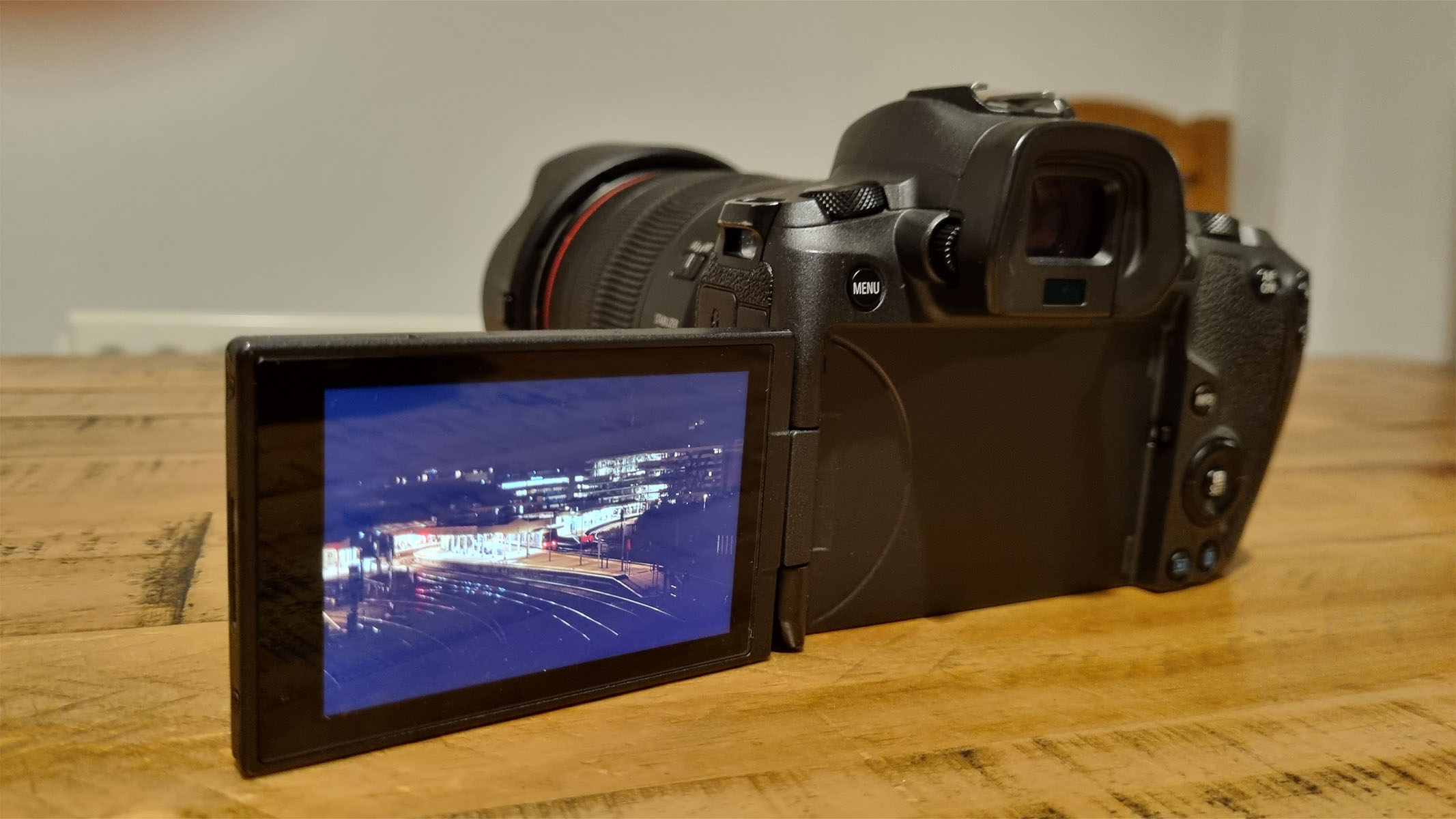
- Excellent night performance
- Clear images for the price
- Decent dynamic range
In terms of performance the Canon EOS R is above average for low-light shooting, but by no means best in class, despite the quality CMOS sensor at the heart of the camera's design. We took it out for several shoots at night to test various conditions, as well as a handful of daytime shoots to see how the camera performs in different lights and contrasts. At night the EOS did well with both long exposures and high ISO / higher shutter speed images. We felt it was more comfortable with longer exposures, perfect for traditional astro, and it's impressive how quickly this camera processes shots, making it a good choice for anyone shooting star trails or time-lapses.

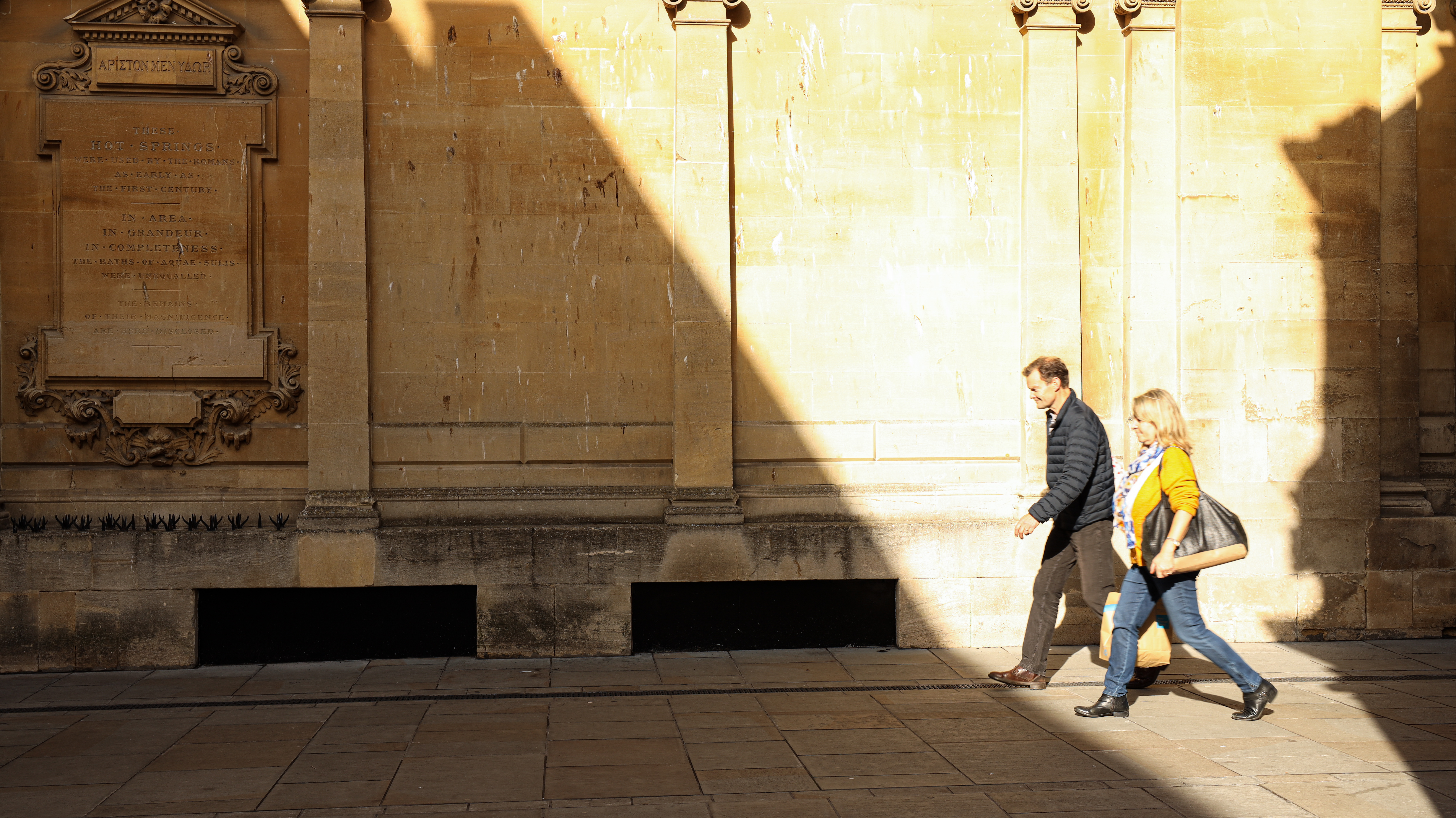

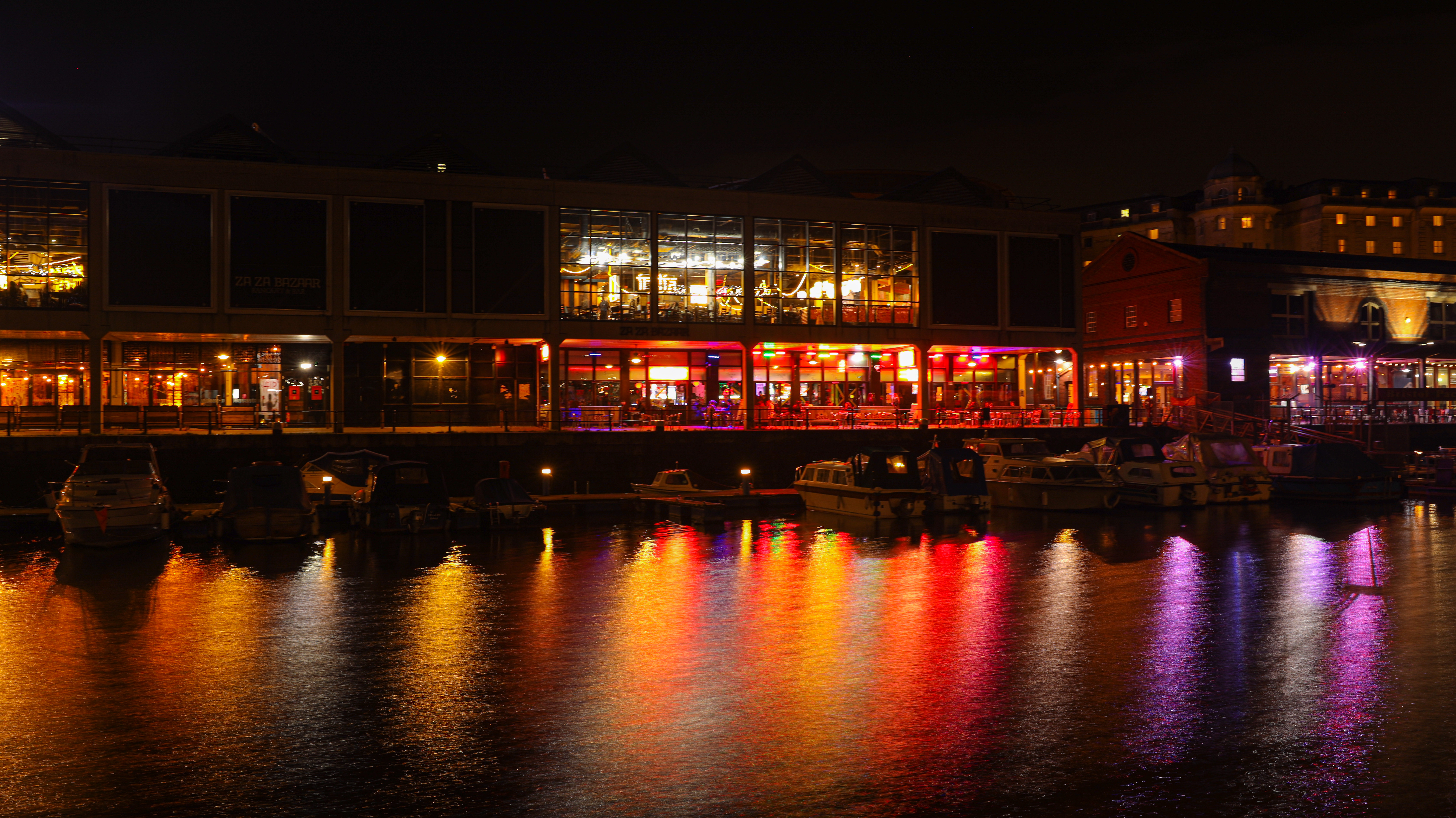
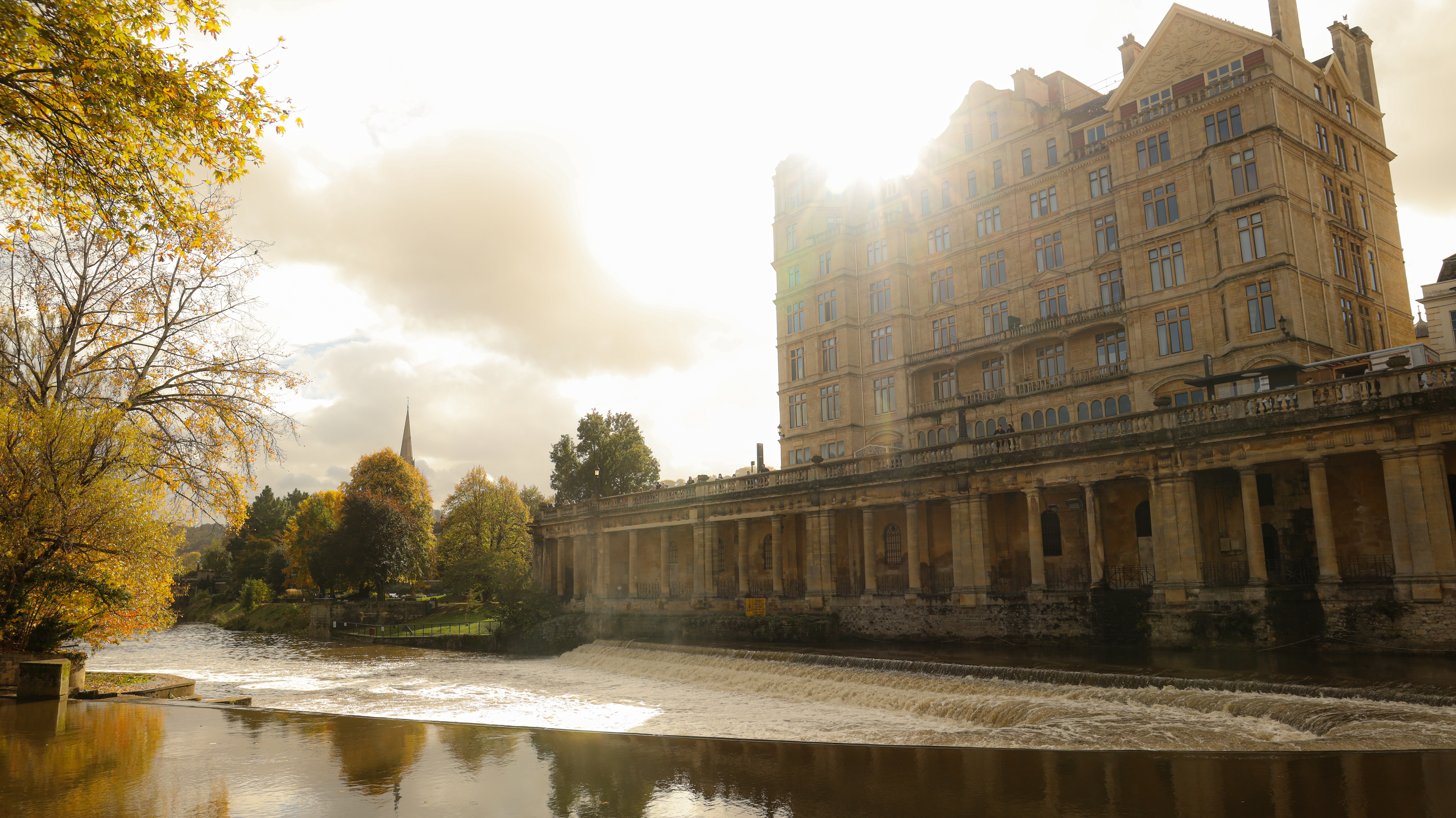
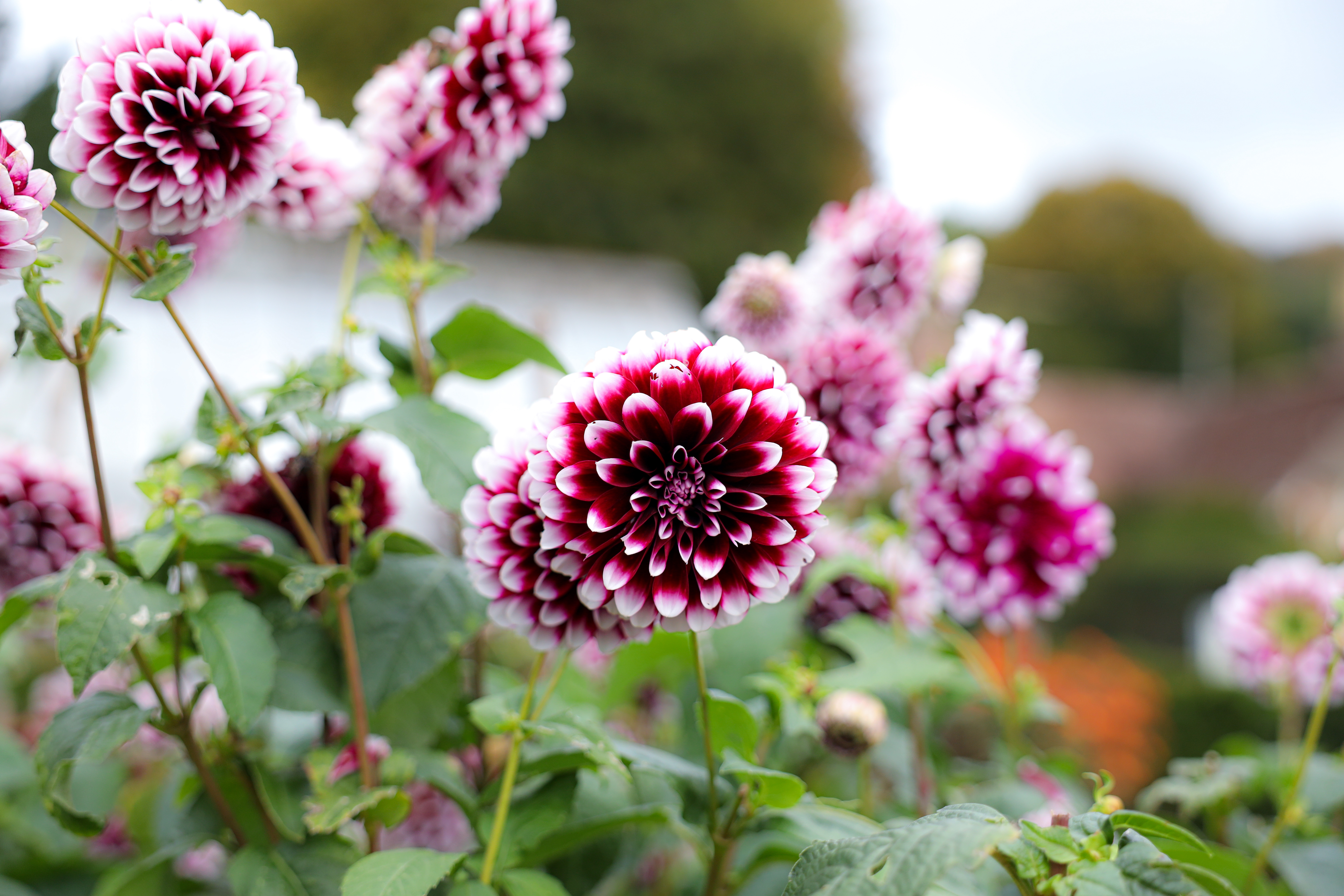
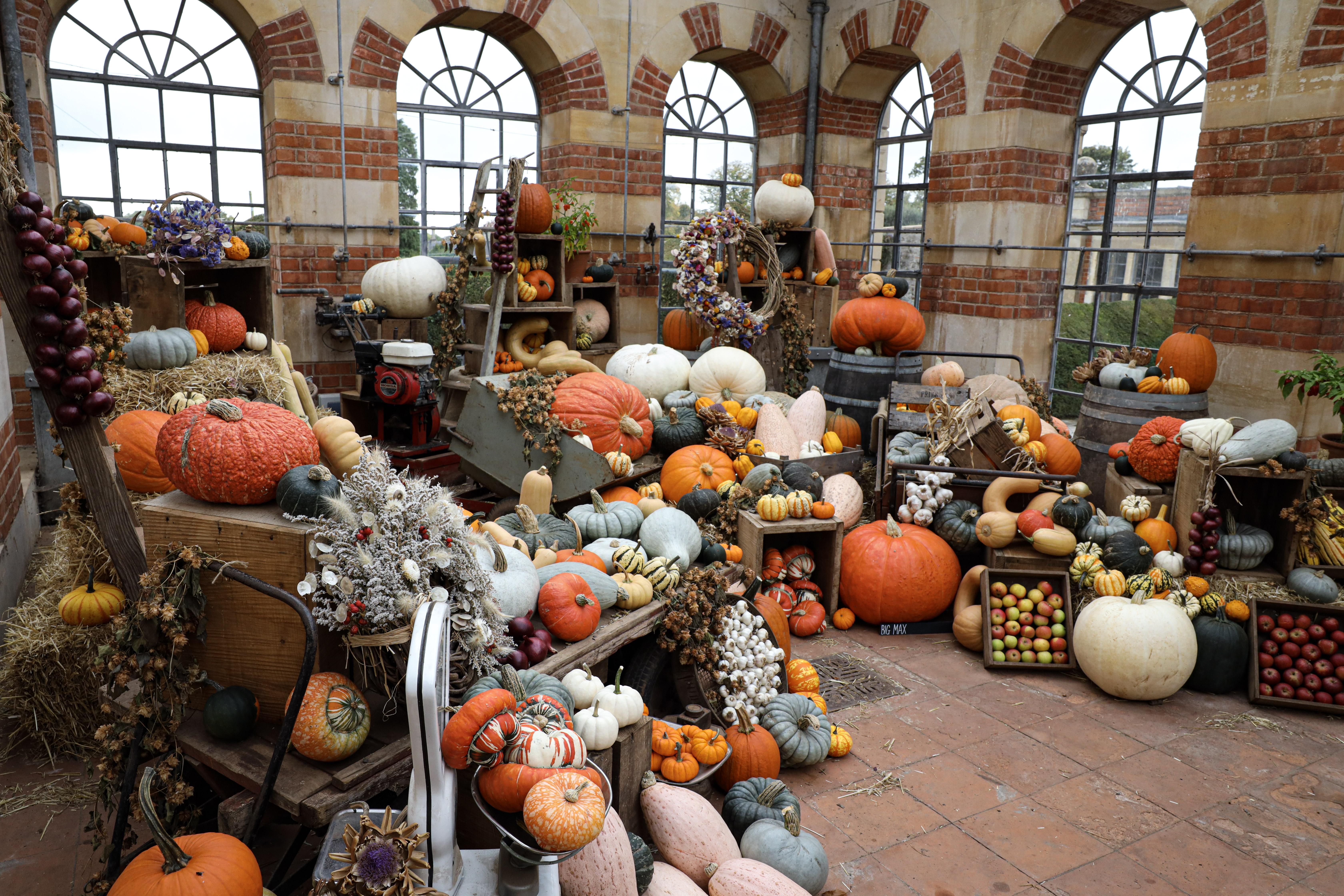
The clarity of the nighttime images we got was good, if not perfect. We noticed slightly more noise than with direct rivals like the Sony A7 and the Nikon Z6, but generally, the shots are of high quality. Similarly, with daytime images, the EOS R lags slightly behind the competition when it comes to dynamic range and color reproduction, but overall, the differences are barely noticeable.
Where we feel the EOS R is ahead is with the AF system. It's quick, sensitive and smart enough to pick up most subjects even in low light. We found that it was able to pick out brighter stars at night, and even a faint moon behind a significant amount of cloud, which was an area where competitors tend to fall down. This makes the EOS R a little more suited to things like street photography, portraits and even sports.
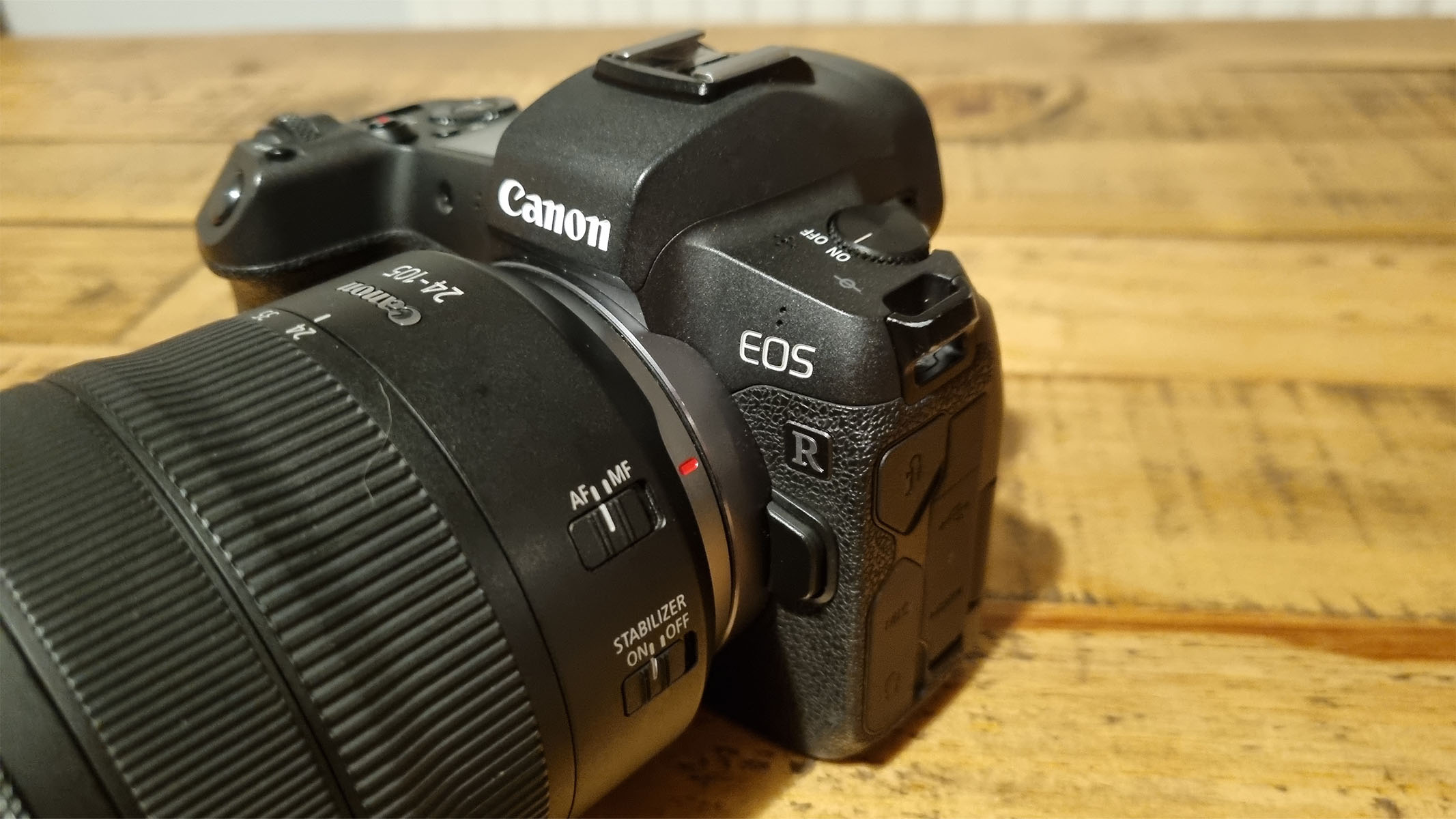
There's no in-body stabilization with the EOS R. This is something baked into most RF lenses instead. We found handheld longer exposures quite tricky with this body, so you'll definitely need a tripod if you're shooting exposures longer than one second. This really only applies to quicker light trail shots, and in most instances, the camera's more than capable ISO will allow you to shoot above 1/25 sec or 1/50 sec in all but the darkest of conditions.
Overall, we doubt anyone will be disappointed by the standard of images you get from the EOS R. That 30MP sensor means you'll get slightly larger files and, potentially, more detail than the 24MP equivalents. The AF is fast and accurate too — market-leading in this price range. However, we feel the low light performance and dynamic range lag slightly behind the competition.
Canon EOS R: Functionality

- Lovely, large, mobile screen
- Very customizable
- Cheap to accessorize
When it comes to functionality, the Canon EOS R is still a great performer. Let's start with the screen, which is large, clear, and incredibly mobile — one of the camera's best features. What's more, you can flip it completely to face the inside of the camera, which means you can protect it from scratches when the body is inside a bag or suitcase. It's sharp, bright, and reproduces images to an acceptable standard (if anything, we did find the screen image to be less color-rich than the final shot). The touch functionality is superbly sensitive, and we appreciate the ability to drag and set the focus point with a finger. The variangle touchscreen has excellent mobility, which makes the EOS R great for low-angle shots and all kinds of videography.
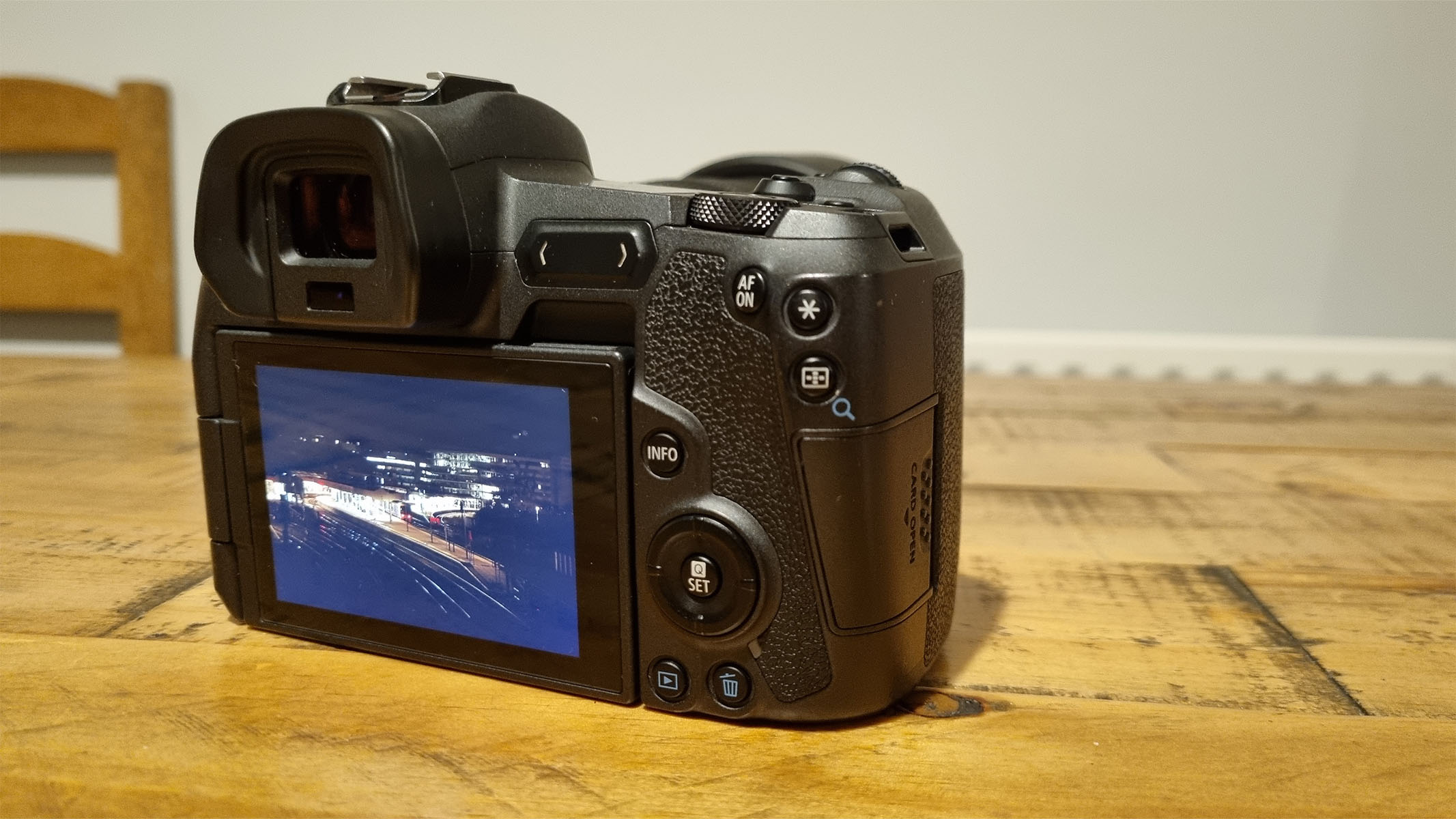
When you're accessing the menu from the screen, things are mixed. We appreciate the absolute wealth of customization options here, especially things like shooting aspect ratios — easily accessible from the quick menus — but find the navigation awkward. If you're not using touch, the horizontal layout means a lot of scrolling to find the right setting, which will eventually force users to set their own custom layouts. That's no bad thing, but it means the EOS R is a camera you need to grow into, rather than feeling at home with from the start.
In terms of other functions, this camera is cheap to accessorize and has everything you need to get going quickly. There's a single SDXC slot, HDMI input, and a decent-size battery that will last for between 400-600 shots, based on our tests. As with all cameras of this spec, we'd recommend getting a spare battery which, for the price, will save you at crucial moments — we promise. While there's no option to add a quick card, like a CFexpress, this does keep costs down significantly.
Should I buy the Canon EOS R?
The Canon EOS R is a good camera, and it's one that won't cost you massive amounts to buy and accessorize. For any Canon users out there looking to make the switch between DSLR and mirrorless, it's a decent model to switch to, although the EOS RP is cheaper and almost as good for night shooting. The focusing is excellent, the sensor is big and bold. Low-light performance is more than good enough.
It may not compare favorably to rivals at this price point, like the Sony A7 and Nikon Z6, but it's not far behind and you'll get fairly similar results. The design of the camera leaves a little to be desired, as does the menu, but equally, there are loads to love here too. The screen is big and mobile, there are so many customizable options within the menu and the body is lightweight and easy to handle. We like the EOS R as an astro camera, but it's by no means the best.
If the Canon EOS R isn't for you
The most obvious budget alternative is the Canon EOS RP, which you can get for about $500 less with the same 24-70mm kit lens. It's a full-frame mirrorless camera with very, very comparable stats. We'd probably recommend this one over the regular R.
If you're looking for cameras from other manufacturers, we recommend the Sony A7 III and the Nikon Z6 II. Both offer slightly improved astro-shooting performance, handling, and design. They're slightly more expensive, but if you're not set with the Canon system, it's well worth that extra outlay.
If you're looking to spend more money and push more into the pro camera category, the Canon EOS R5 is a good option. It isn't quite as premium as the Canon EOS R3, but you'll notice a significant performance jump, though you'll be paying more than double the price.

Andy is a Content Director who has been working in media for over 20 years. Andy has run several brands during his career, including Top Ten Reviews, GamesRadar, and a suite of magazines. He is also a part time tutor in Game Design, a photographer, and a mentor. Andy specializes in landscape and urban photography, but also takes pictures of the moon and night sky. In his spare time, he enjoys building Lego with his son and watching all kinds of sci-fi TV.
